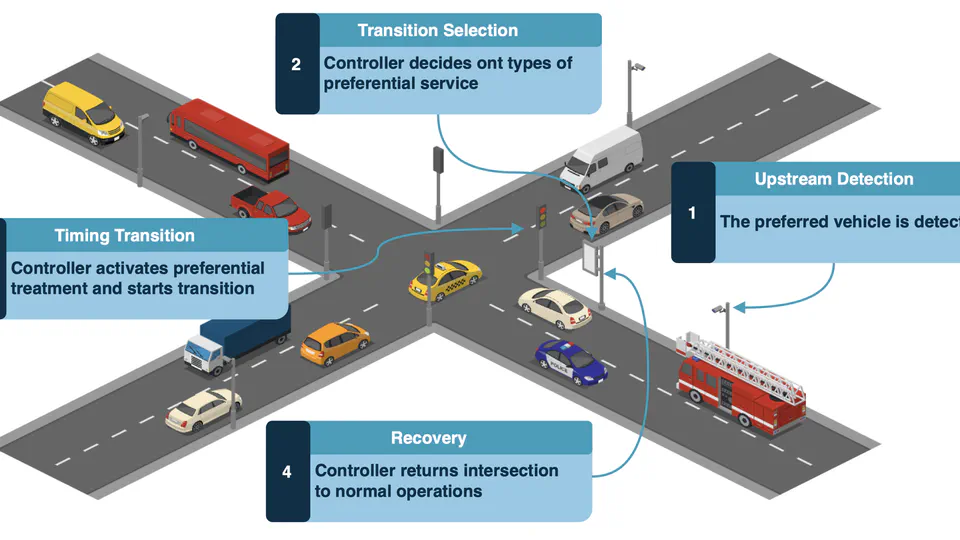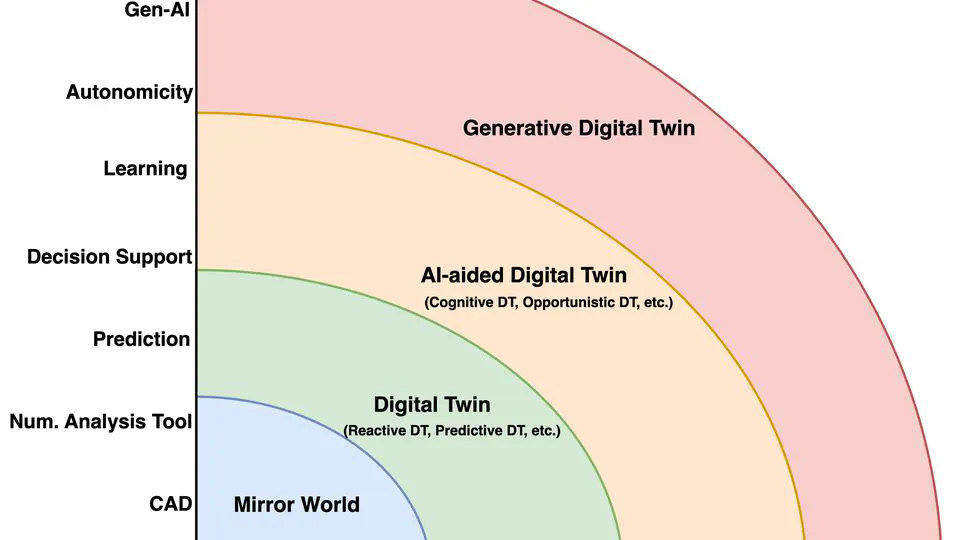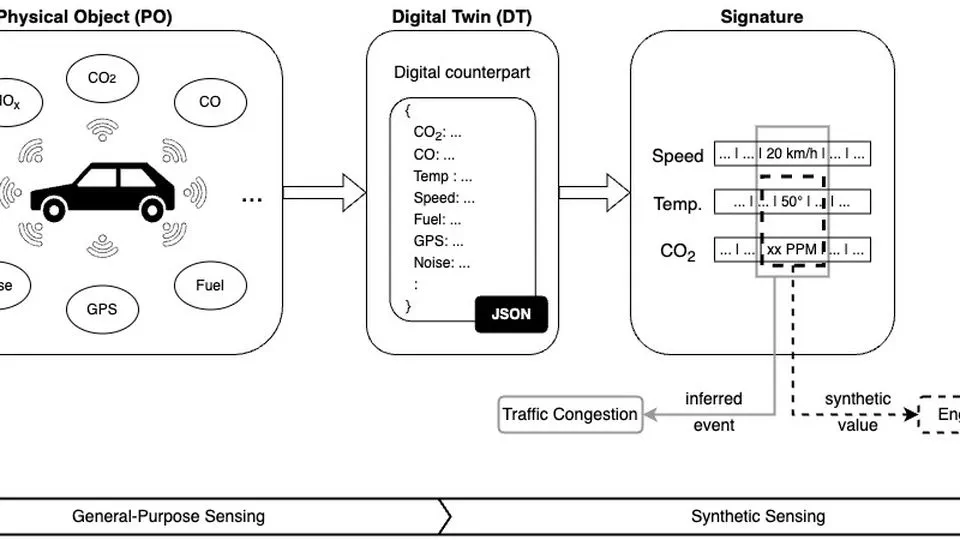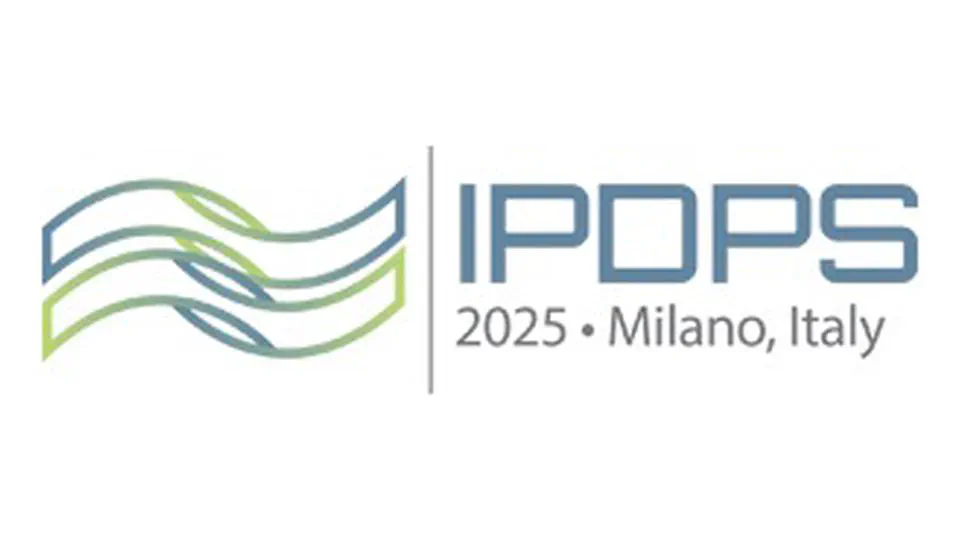About Me
Vincenzo Barbuto is a Ph.D. Student in ICT at the DIMES, University of Calabria, Italy. He has been a member of the SPEME Lab since November 2022 and is chair of the IEEE University of Calabria Student Branch. He is also a member of IEEE, affiliated with the SMC society. His research focuses on AI techniques for real-time decision-making at the network edge using sensors and IoT devices.
- Edge Intelligence/Edge AI
- Digital Twin
- Internet of Things
- Cyber-Physical Systems
PhD in ICT
University of Calabria
Visiting Student Researcher
University of California, Berkeley
MSc Computer Eng. for the IoT
University of Calabria
MSc Data Sci. & Network Intel.
Télécom SudParis
BSc Computer Engineering
University of Calabria
My research focuses on Edge Intelligence, an emerging field at the intersection of artificial intelligence (AI), the Internet of Things (IoT), and edge computing. Specifically, I investigate intelligent devices and systems capable of processing data locally, reducing reliance on cloud-based services. My goal is to understand how these devices can seamlessly integrate into complex cyber-physical systems, ranging from intelligent traffic monitoring to emergency vehicle detection.
This includes exploring efficient machine learning and AI algorithms tailored for edge deployments, evaluating their trade-offs in terms of latency, energy efficiency, and computational cost. Additionally, I examine the broader impact of Edge AI on real-time decision-making and autonomous operations, particularly in environments where network constraints, security, and reliability are critical factors.
Beyond Edge Intelligence, I am also interested in Digital Twins, digital counterparts of physical systems. My research aims to enhance their usability beyond simple mirroring, enabling predictive modeling, adaptive control, and resilient system design. By integrating Digital Twins with Edge AI, I explore how distributed intelligence can improve system robustness, optimize resource allocation, and facilitate dynamic decision-making in real-world applications.
Please reach out to collaborate 😃



